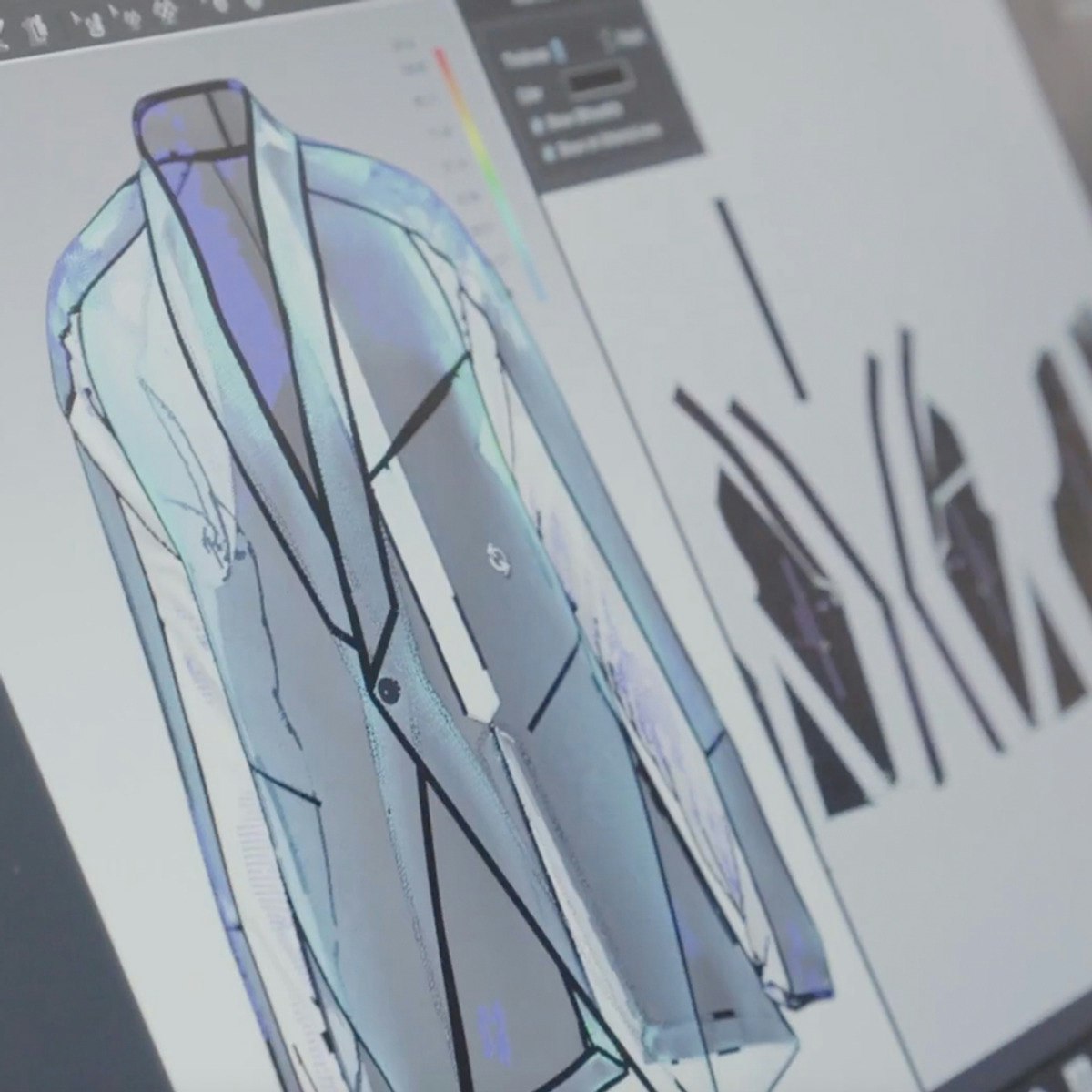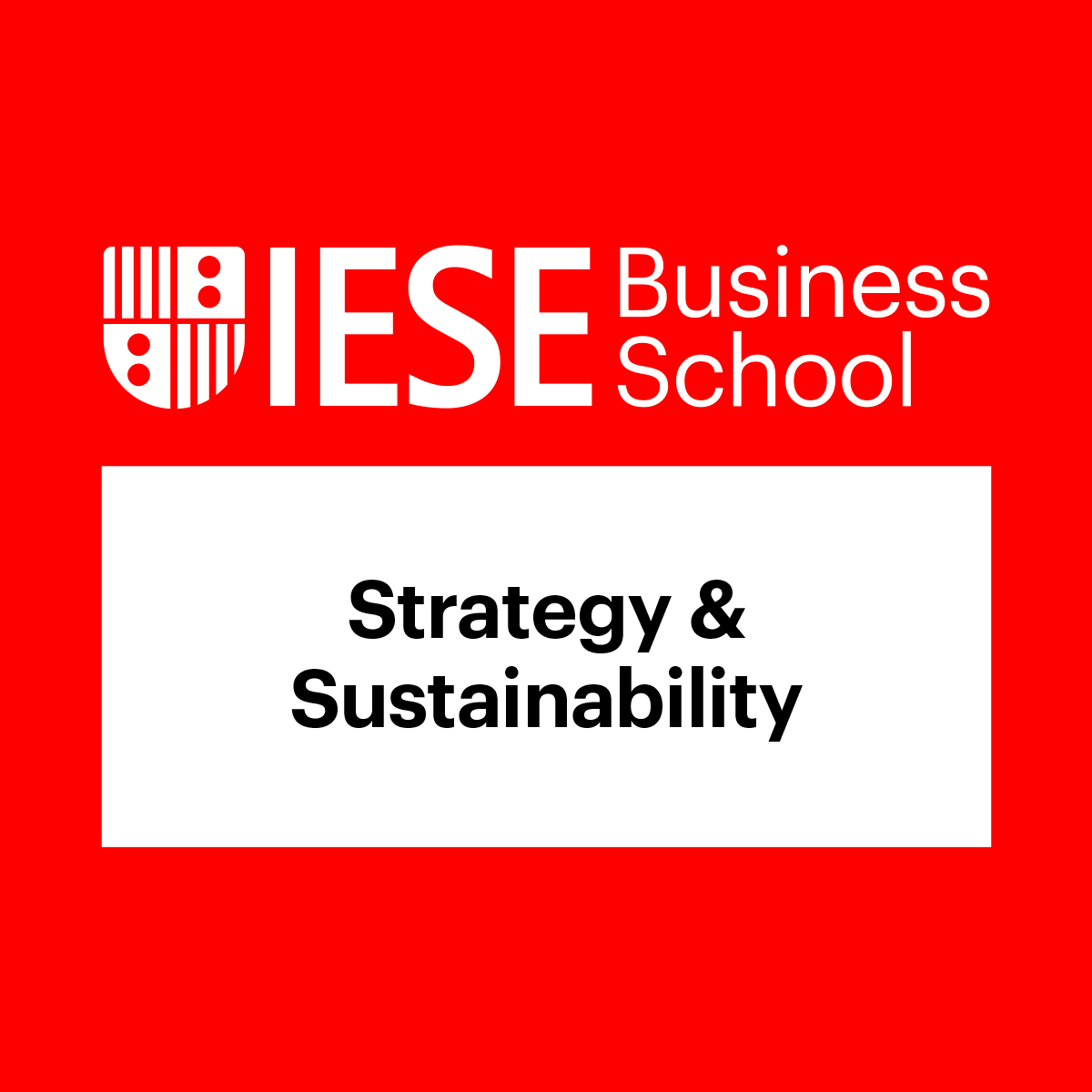Back to Courses









Business Courses - Page 33
Showing results 321-330 of 2058

How To Set Up Project Sites and Spaces with Confluence
Confluence is a browser based tool that teams can use in the workplace to collaborate on a variety of projects. Confluence allows you to create anything from meeting notes and product requirements to marketing plans and HR policies. You can create a template for documents that you create regularly and save time.
This project will take you through setting up project sites and spaces in Confluence.

Business Implications of AI: Full course
The Business Implications of AI: Full course is a continuation of the nano-course.
Throughout the course content, the following main questions will be answered:
* How shall we, as leaders, understand it from a corporate strategy point of view?
* What is it and how can it be used?
* What are the crucial strategic decisions we have to make, and how to make them?
* What consequences can we expect if we decide on doing AI projects and what kind of competencies do we need?
* Where shall we start, and what could be a good second as well as a third step?
* What implications for the organization can we expect? These are the questions answered in this course.
If you want to deep-dive even more into how artificial intelligence is changing the business landscape, with face-to-face training, group activities, and hands-on exercises, register for the live course https://professionalschool.eitdigital.eu/business-implications-of-ai

Create an Agile Transformation Roadmap in Miro
By the end of this project, you will be able to create an Agile Transformation Roadmap to transition an organization or a team from current development methods while promoting adoption by maintaining clarity of goals and processes.
To do this, you will gain hands-on experience developing an Agile Transformation Roadmap visualization in the Miro online visual collaboration platform for teamwork.
Note: This course works best for learners who are based in the North America region. We’re currently working on providing the same experience in other regions.
Experiencing Design: Deepening Your Design Thinking Practice
How do we unlock the transformational power of design thinking? To do this, we must understand that this power lies not in what it encourages us to do, but in who it encourages us to become. We become design thinkers by experiencing design.
In this course, developed at the Darden School of Business at the University of Virginia, we will guide you through six key phases of the design journey - Immersion, Sensemaking, Alignment, Emergence, Imagining, and Learning in Action. For each of these phases, you will explore how design thinking done well impacts innovators by inviting them to bring their authentic selves into the innovation conversation. You will examine key behaviors that bridge the gap from beginner to competency, and deepen the skills that will allow you to achieve design thinking's transformational promise. You will also hear from industry leaders from all over the world who will share valuable lessons and personal stories about how experiencing design has shaped their exciting careers.

Managing Employee Compensation
Whether you're writing paychecks or wondering where yours comes from, this course is for you!
We begin by asking: "To succeed, what kind of a person does your organization need to attract, retain, and motivate?" From there, we'll explain how to align your organization's objectives, its pay philosophy, and ultimately the way it designs and implements its salary structure, short-term incentives, long-term incentives, and benefits.
Interested in learning more about the technical aspects of compensation, but don't know where to begin? We'll give an overview of key the key technical skills: compliance with pay regulations, understanding stock options, shopping for health insurance and pension providers, and designing incentive plans. Lastly, we'll discuss non-monetary methods of motivating employees.
Upon completing the course, you should be able to have an understanding of compensation both strategically and technically. Learners will also gain introductory familiarity with pay regulation in the US.

Digital Fashion Mindset
Digital Fashion Mindset is a collaboration between Parsons School of Design at The New School and The Digital Fashion Group Academy.
This course teaches you to recognize the significance of the digital revolution in historical and present-day contexts and how it relates to the fashion industry’s ability to use technology creatively and collaboratively.
Digital Fashion Mindset teaches you to recognize the significance of the digital revolution in historical and present-day contexts and how it relates to the fashion industry’s ability to use technology creatively and collaboratively.
In this course, you will learn about the effects of the Industrial Revolution and its impact on the automation of textile production, which allowed the commercial sale of clothing. You will examine the digital revolution and how data collection and smart devices have changed the climate of fashion in all aspects of business. You will discuss key players in the industry who have adopted the digital mindset and how they embrace 3D software to minimize waste, reinvent sustainable production processes, and decrease costly physical labor.
Throughout the course, you will see the effects the digital world and digital empowerment have on fashion, and the way it is redefining the industry for designers, entrepreneurs, and consumers. At the end of the course, you will use the knowledge you have gained into the digital mindset to create a compelling Digital Fashion Mindset Vision Statement and develop your own approach to digitalization by comparing the potential of digitalization in your own practice.

Startup Valuation Methods
How do different types of investors think about an investment opportunity? What kind of securities and contracts do they offer? How should a company decide what is a "good deal"? This course is designed to introduce you to the challenges and pitfalls of financing new enterprises. You will learn the basic tools for valuating companies, including using discounted cashflow analysis in Excel and understanding how to apply this model to your entrepreneurial venture. You will then learn how valuation works with different types of securities that investors use to finance startups, from bank loans to venture capital to angel investing.

Strategy and Sustainability
Business and environmental sustainability are not natural bedfellows. Business is about making money. Sustainability is about protecting the planet. Business is measured in months and quarters. Sustainability often requires significant short term costs to secure a sometimes uncertain long-term benefit. To some activists, all executives are exploitative, selfish one percenters. To some executives, all activists are irresponsible, unyielding extremists.
And yet engaging with the issue isn’t optional – all businesses must have a strategy to deal with sustainability and, like any strategy, this involves making choices.
This Strategy and Sustainability course based on Rosenberg's recently published book by Palgrave (http://www.palgrave.com/la/book/9781137501738) that encourages learners to filter out the noise and make those choices in a hard-nosed and clear-eyed way. Prof. Rosenberg’s nuanced and fact-based point of view recognizes the complexity of the issues at hand and the strategic choices businesses must make. He blends the work of some of the leading academic thinkers in the field with practical examples from a variety of business sectors and geographies and offers a framework with which senior management might engage with the topic, not (just) to save the planet but to fulfill their short, medium and long-term responsibilities to shareholders and other stakeholders.
This course promises to be both engaging and thought-provoking, aimed at anyone who wishes to gain a deeper understanding of a subject that is no longer perceived as a choice but a necessity for future managers and business leaders alike.

Optimize Digital Experiences with Service Blueprints in Miro
By the end of this project, you will be able to create a service blueprint that emphasizes digital experiences the customer has with a brand in Miro. Your project will uncover business opportunities by methodically mapping service touchpoints to mitigate risk to improve the customer experience.
To optimize digital experiences with a service blueprint visualization, you will gain hands-on experience applying design thinking, user interface knowledge, and context from each step of the customer experience with the service in the Miro online visual collaboration platform for teamwork.
Note: This course works best for learners who are based in the North America region. We’re currently working on providing the same experience in other regions.

Establishing Product-Market Fit
Entrepreneur and investor Marc Andreessen coined the term product-market fit in 2007 when he said, “Product-market fit means being in a good market with a product that can satisfy that market.” While there are ample articles that mention the term, detailed guidance on how to actually achieve product-market fit is scarce.
Through our course we will explore an actionable model that defines product-market fit using five key components. From bottom to top, we will examine the layers of product-market fit beginning with your target customer and transitioning through your customer’s underserved needs, your value proposition, your feature set, and ultimately your user experience (UX).
Our process is an iterative, easy-to-follow guide through each layer to achieve product-market fit. This process helps you to articulate, test, and revise your key hypotheses about your product and the market so you can define and improve your product-market fit.
Using the principles of Lean Product Process, our course is structured in seven steps: determining your target customer, identifying underserved customer needs, defining your value proposition, specifying your minimum viable product (MVP) feature set, creating your MVP prototype, testing your MVP with customers, and iterating to improve product-market fit.
Popular Internships and Jobs by Categories
Browse
© 2024 BoostGrad | All rights reserved


